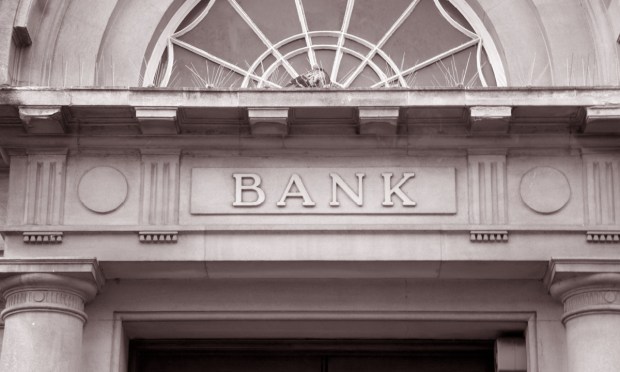
Consumers are reportedly taking legal action after allegedly being deceived by their banks’ savings offerings.
As The Wall Street Journal (WSJ) reported Sunday (Feb. 25), these customers say their banks advertise high-yield accounts while paying longtime customers lower rates.
In some instances, the report said, it is only customers who were paying close attention to their bank’s movement who spotted these changes and responded accordingly.
“You think you’ll get a higher rate and it will keep going up,” said Ken Tumin, founder of DepositAccounts.com, a LendingTree-owned site that monitors banks’ account offerings. “But there are games they play to get deposits without having to pay the highest interest rates.”
The report tells the story of New Jersey resident Sam Kuperstein, who opened a savings account with UFB Direct in 2022, assuming the advertised 1.81% rate would increase along with interest rates. Later, he found out that his rate hadn’t moved, even though UFB advertised an account that paid more than 5%.
“Only the biggest rate chaser that’s monitoring what the bank is offering every week and what their account is paying will notice that,” Tumin told the WSJ. “The vast majority of people won’t be that observant.”
Kuperstein is now a plaintiff in a proposed class-action suit against UFB over the issue, the report said. The WSJ also said Capital One is facing similar legal action, with customers alleging that their savings accounts are earning 0.3%, and not the 4.35% the bank advertises.
PYMNTS has contacted both Capital One and UFB parent Axos Financial for comment but has not yet received a reply.
The news is happening at a time when 59% of consumers expect their savings to increase this year, according to PYMNTS Intelligence research.
“In 2023, consumers’ average readily available savings balances increased 13% in real terms from December 2022,” PYMNTS wrote recently. “Consumers who were not living paycheck to paycheck drove this increase. Now, few consumers expect that tapping their savings for discretionary purchases in the next year will lead to a lower savings balance.”
Consumers who live paycheck to paycheck do their best to manage spending and live within their means, but have had to reduce their 2024 expectations because of inflationary pressures and slower wage growth.
Meanwhile, when it comes to how people prefer to allocate their savings, the research showed that consumers held 23% of their funds in education or retirement accounts, the largest of all financial assets considered. That was followed by 11% in stocks or bonds and around 2% in cryptocurrency.
“The remaining amount was allocated to a mix of forms that included checking accounts, business investments and other forms of financial assets,” PYMNTS wrote.